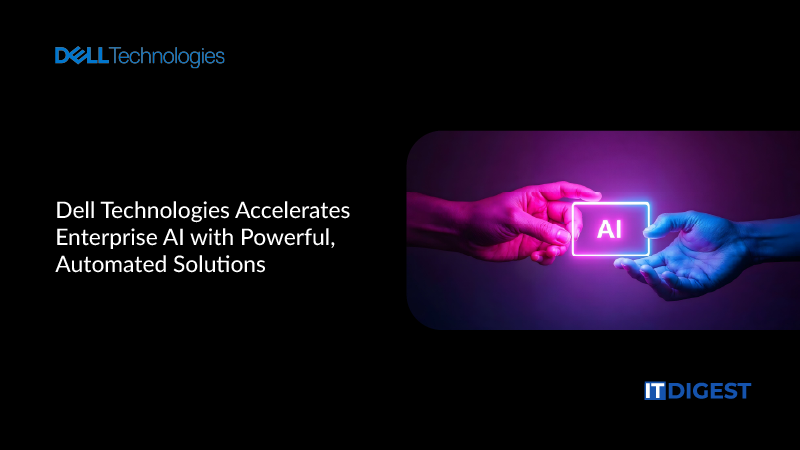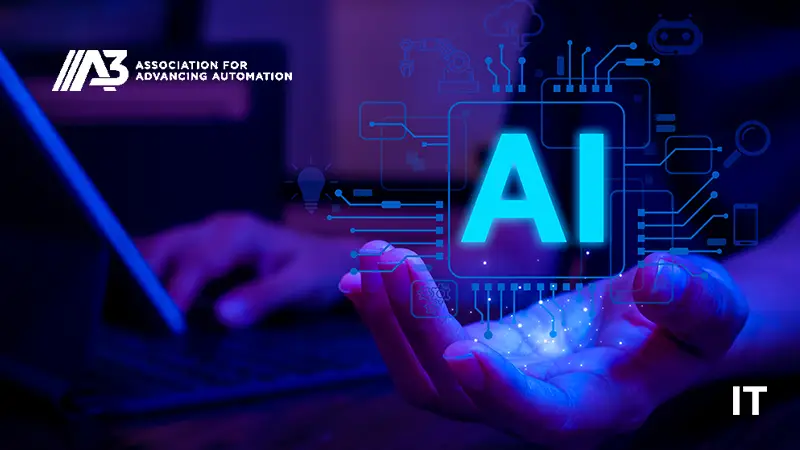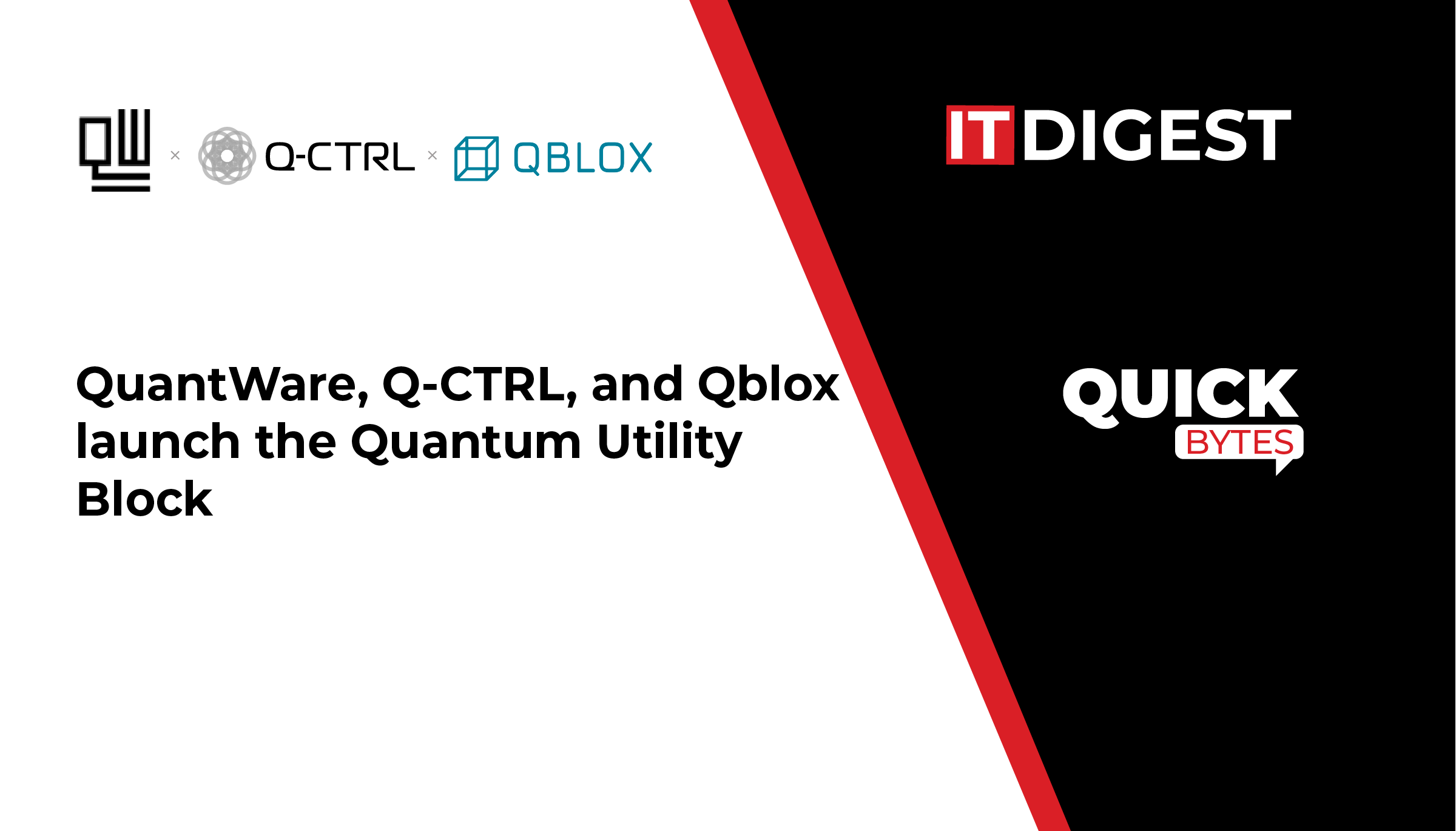In a major step for quantum-classical supercomputing, NVIDIA said Tuesday that more than a dozen of the world’s top scientific supercomputing centers have tapped NVLink, a high-speed, low-latency interconnect that links its Grace Blackwell platform with quantum processors.
Built around NVIDIA’s open and universal architecture, NVQLink connects quantum processing units directly to GPU-accelerated systems using NVIDIA’s CUDA-Q platform. The interconnect enables hybrid quantum-classical workflows through up to 400 Gbps throughput at latencies under 4 microseconds, making real-time quantum error correction and control possible.
One of the early use cases, demonstrated already, is Quantinuum’s Helios quantum processor using NVQLink and CUDA-Q to run a scalable, real-time decoder for quantum error correction. In tests, the system corrected errors with a reaction time of 67 microseconds, which is 32× faster than the target time of 2 milliseconds, showing the power of the tight quantum-GPU coupling.
NVQLink has been described as the “Rosetta Stone” of quantum-classical integration by CEO Jensen Huang of NVIDIA, who predicted supercomputers of the future would be “quantum-GPU systems” marrying quantum speed with GPU programmability and parallelism.
Adoption is global: major research labs and national supercomputing centers in Asia, Europe, and the U.S.-including Brookhaven, Berkeley Lab, Oak Ridge, Sandia, MIT Lincoln Laboratory, and others-are participating.
Why This Matters: Impact on the Quantum Computing Industry
The announcement represents an important milestone in the quantum computing space and one that can change how quantum systems are built, deployed, and scaled. Here’s why:
-
Bridging the Quantum-Classical Divide
The integration of fragile qubits with robust classical control systems has been a tough combination for quantum computing over the years. Error correction, calibration, and real-time feedback demand very low-latency classical compute power. The design of NVQLink addresses this issue head-on and allows tight coupling between QPUs and GPUs. Solving this “last-mile” integration problem, NVIDIA is paving the way for scaling quantum hardware builders more effectively.
-
Real-time Error Correction at Scale
Quantum systems rely so heavily on error correction that traditional classical systems cannot keep up due to latency and bandwidth constraints. NVQLink with CUDA-Q allows for real-time, high-throughput error correction, which is essential to building fault-tolerant quantum machines. The Helios demonstration suggests that such architectures could soon be practical.
-
Hybrid Quantum-Classical Applications Become Real
With this integration in place, researchers can now build hybrid applications that leverage strengths in quantum and classical computing. Simulations of complex quantum systems-such as those in chemistry or material science-can now run across a unified platform along with optimization problems and machine learning. This effectively accelerates innovation in fields that demand both quantum and classical resources.
-
Ecosystem Alignment and Standardization
NVIDIA’s open system architecture encourages broad adoption. NVQLink and CUDA-Q support multiple quantum hardware vendors such as Quantinuum, IonQ, Rigetti, QuEra, Oxford Quantum Circuits, among others. This reduces fragmentation in the quantum ecosystem and helps standardize the way quantum-classical systems are built. For hardware providers, this is a huge advantage in integrating with a mature GPU software and interconnect stack.
Also Read: IBM Advances Quantum Milestones: New Processors, Software and Algorithm Breakthroughs Pave the Way for Advantage and Fault Tolerance
Business Implications for Companies within the Quantum Industry
- Quantum Hardware Companies: For companies developing quantum processors, the availability of a high-performance classical interconnect dramatically lowers the barrier to practical deployment. They can focus more on improving the quality and coherence of qubits while depending on NVQLink for control infrastructure.
- Supercomputing Centers & National Labs: For the first time, there is a path to create hybrid systems that bring together quantum and classical compute. This will drive even more ambitious projects in quantum simulation, materials science, cryptography, and fundamental physics. It could attract top-tier talent and funding as these centers become a beacon for quantum-classical research.
- Quantum Software Firms: Until now, companies building quantum algorithms and software had little to test their solutions on. With the advent of CUDA-Q, developers can now more easily run hybrid quantum-classical workloads, accelerating their development and reducing time to market.
- Cloud Providers & Quantum-as-a-Service: Cloud providers that currently rely heavily on NVIDIA GPUs have the potential to use this NVQLink-enabled infrastructure in offering next-generation quantum-classical services, creating a much larger quantum-as-a-service market. Hybrid quantum computing will therefore become increasingly accessible to businesses without the need for owning quantum hardware.
- Enterprise and R&D Sectors: Quantum-classical systems may be useful in industries such as pharmaceuticals, finance, logistics, and materials science far sooner than was supposed. With real-time error correction and hybrid workflows, for example, enterprise users can run simulations, optimizations, or data analyses that were not possible before.
Looking Ahead
NVQLink is a strong start, but challenges lie ahead. Quantum hardware must increase its qubit count and coherence. The software ecosystem also needs to grow. Plus, developers require better tools to make the most of hybrid architectures. NVIDIA’s interconnect and software stack greatly speed up achieving real-world quantum advantage. If adoption continues to grow among the most prestigious research labs and quantum companies, we could see this new class of quantum-GPU supercomputers power breakthroughs in science and industry and beyond. NVIDIA is positioning itself as a foundational infrastructure provider for the evolving quantum era not just for AI but for accelerated quantum-classical computing.
































